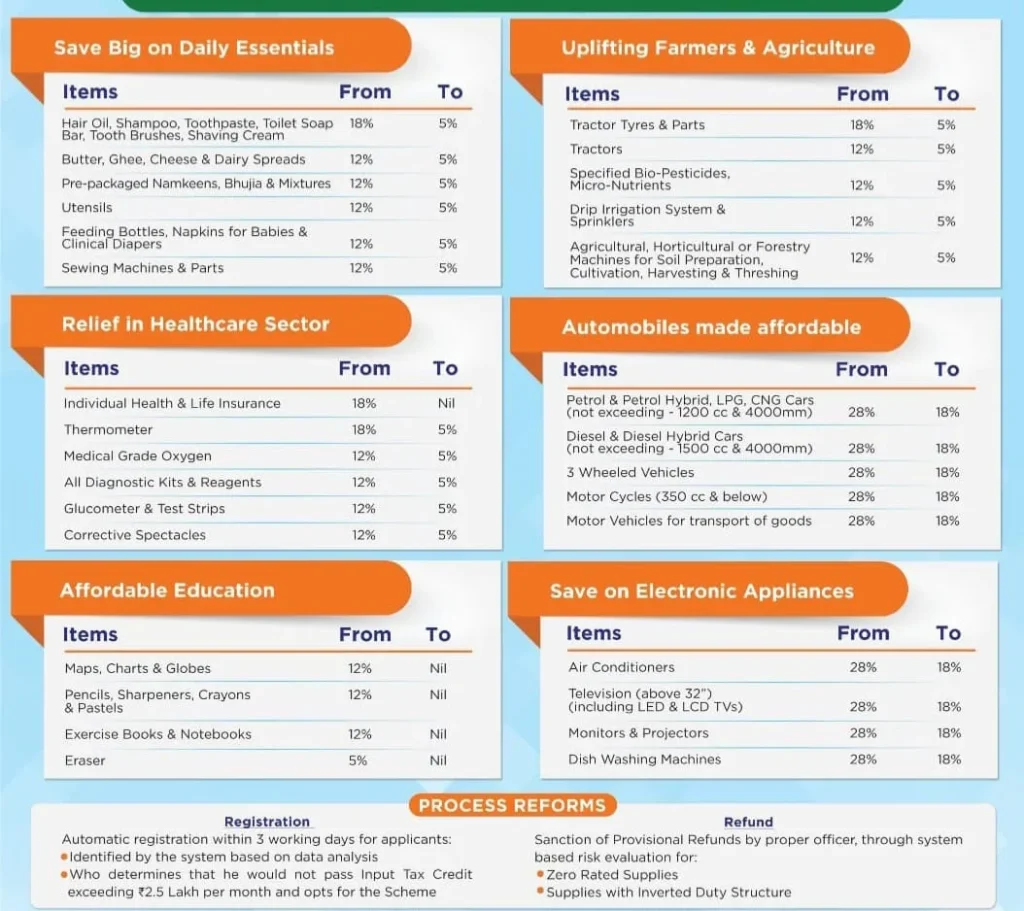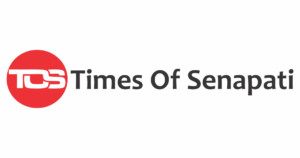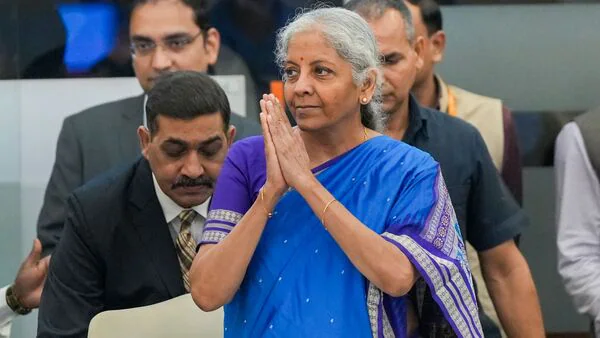New Delhi, September 4: In a landmark move, the Goods and Services Tax (GST) Council on Wednesday approved a sweeping overhaul of the indirect tax regime, slashing rates on a wide range of common-use items and streamlining the slab structure.
From September 22 — coinciding with the start of Navratri — GST will be simplified to just two slabs, 5% and 18%, replacing the existing four-tier system of 5%, 12%, 18% and 28%. A special 40% slab will be retained for luxury items such as high-end cars, yachts, aircraft, tobacco and cigarettes.
Union Finance Minister Nirmala Sitharaman, briefing reporters after the marathon meeting, said the decisions were unanimous, with no objections from any state. She underlined that the reforms aim to spur domestic consumption at a time when Indian exports face steep 50% tariffs from the United States.
What Gets Cheaper:
- Food & Beverages: Butter, ghee, dry nuts, sausages, jams, confectionery, ice cream, biscuits, cereals, corn flakes, juices, namkeen and packaged drinking water (20-litre bottles) will now be taxed at 5% instead of 18%. All chapati and paratha variants will attract nil GST.
- Daily Consumer Goods: Toothpaste, toothbrushes, shampoo, soap, talcum powder, hair oil, tableware, utensils, umbrellas, bicycles, bamboo furniture and combs will fall to 5% from 12–18%.
- Insurance & Healthcare: All personal life and health insurance policies will now be exempt from GST, removing the earlier 18% levy.
- Cement & Automobiles: Cement will drop from 28% to 18%. Small cars and two-wheelers up to 350cc will also shift to 18% from 28%, while larger petrol/diesel cars will move to the 40% bracket. EVs will continue at 5%.
- Electronics: TVs, dishwashers, air-conditioners and similar appliances will be taxed at 18% instead of 28%.

Revenue Secretary Arvind Shrivastava estimated the revenue impact of the overhaul at ₹48,000 crore annually, but assured that it was fiscally sustainable. The government collected over ₹16,000 crore from GST on health and life insurance alone in FY24, revenue which will now be foregone to expand coverage.
Economists project the reforms could boost GDP growth by up to 0.5 percentage points within two years, offsetting the impact of US tariffs.
“India’s economy is driven by consumption, accounting for over 61% of nominal GDP. These reforms will give people more spending power while simplifying compliance,” said Sitharaman.
Tobacco, gutkha, and related products will continue under the 28% rate plus cess until outstanding compensation loans to states are cleared.

